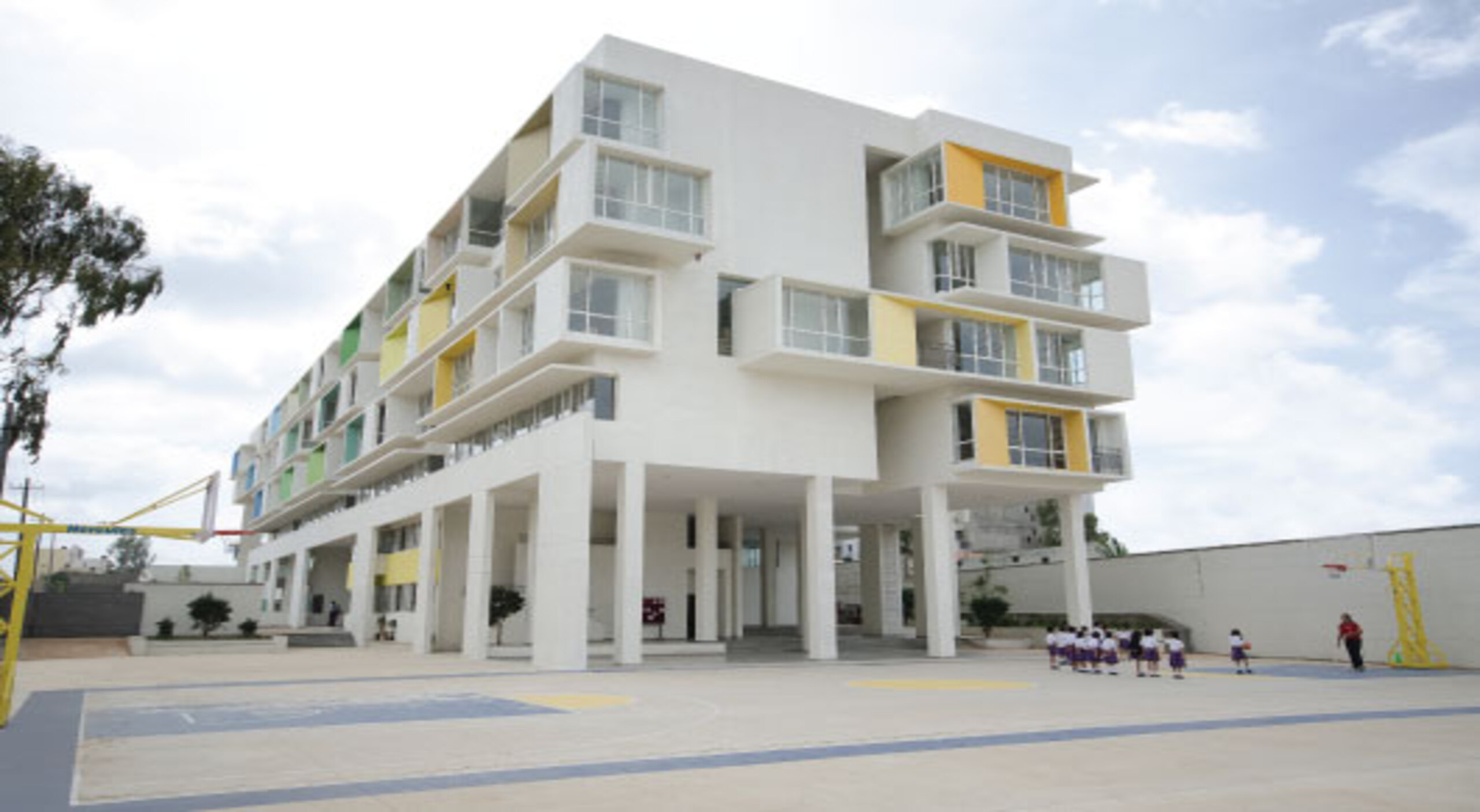Is your child learning a foreign language? This information may be useful.
Now that you have enrolled your child in a foreign language course, it is quite natural to wonder how your child is progressing and whether he/she is attaining the learning outcomes of the course. It is natural for parents to be discerning while assessing the quality of the foreign language course they have invested in to ensure that they realize their money's worth. As a parent, there are several indicators and concepts that will help you track your child's progress as well as give you a better understanding of how children learn foreign languages.
Do children learn a foreign language the same way as adults do?
No, of course they don't! According to neuroscience, adults learn a foreign language consciously and with concentration whereas children learn a foreign language unconsciously, without thinking about the process of learning. They engage the unconscious part of the brain which is usually used in routine tasks like brushing their teeth, etc. They have a beautiful gift of the ability to learn intuitively and naturally without any cultural barriers that adults encounter. They are free of inhibitions that enables them to dive into a foreign language without any complex and without doubting themselves. Additionally, children have no resistance to new structures since they are yet undergoing the process of building an awareness of the language they usually use. Therefore, they never compare languages while adults have a tendency to compare and translate a foreign language with a language they normally use.
Is there just one perfect methodology for teaching foreign languages to children?
Whoever boasts of a unique, 100% efficient methodology to teach a foreign language to children is simply uninformed. There is not just one method but a combination of several methodologies to render the best results. Among some of the methods to teach languages to children, Total Physical Response (TPR) method deserves a mention. TPR method of teaching a foreign language is based on a natural approach akin to that of the mother tongue. Thus, children assimilate the language through gestures and facial expressions used by the teacher. Even though this approach has proved to be efficient, it is not free of criticism since it may postpone oral expression resulting in shy children lagging behind.
Another methodology that is worth mentioning is Task based learning. This methodology involves solving an interesting problem using the target language. This methodology not only helps in language acquisition but also enhances problem-solving abilities.
It is not methodology per se that is important but also the ability of the teachers to combine various methodologies to establish the ultimate aim: to nourish and preserve the motivation of children towards language learning and motivation for children means fun, action, challenges, exploration, etc.
Which are the ten key elements in children's language class?
There are ten basic elements to be implemented by a language teacher in a child's lesson:
- Helpful support: Visual, aural , tactile
- Guidelines: children need simple and clear guidelines
- Involvement: content has to be based on children's universe
- Motor skills: children learn by moving, dancing, jumping, etc.
- Group: kids learn more in group, interacting and cooperating
- Repetition: songs, dramatic play, stories
- Routines: routine is key to make children feel secure and relaxed
- Games: games boost children's cognitive development
- Reasoning: preparing activities that give them the possibility to use their ability to think and reason
- Inference: give them open questions and let them freely make deductions
Grammar or no grammar?
Grammar is an integral part of any language. There have been proponents as well as opponents to grammar. The question is not whether or not to teach grammar but how to teach it? Children lose attention and motivation towards a foreign language if grammar is taught in a theoretical, structured or monotonous manner. It is proved that children are perfectly capable of understanding, reasoning and assimilating grammar intuitively. There are some examples of children making grammar mistakes that actually prove that they have understood grammar. For example, a child learning English would say "Yesterday, I swimmed in my cousin's swimming pool". It is evident from this example that the child has assimilated the grammatical concept of past tense thereby using the past tense suffix "ed" in English. Teachers call this a "positive mistake".
Read: Language learning apps: Yay or Nay?
Is translation an effective pedagogy?
There is no consensus amongst linguists and experts on the efficacy of the use of translation during lessons. Nevertheless, there is no theory that supports the use of translation for teaching a language. Many linguists recommend the use of students' usual language while explaining guidelines or rules before an activity. Occasionally, the teacher may use translation to solve doubts. Linguists consider that excess use of translation may make students more complacent, harming them in the long run rather than helping them. From a practical point of view, the use of translation should be minimized, as children are already equipped with grasping the language through natural means such as facial expressions, tone of voice, gestures, context, etc.
So, as parents, how to gauge whether your kids are learning and progressing in a foreign language?
One of the paramount concerns of parents is to be able to gauge the progress of their children. There are two possibilities; one where parents are actually conversant with the language and the other where they don't have a clue. It is obvious to assume that parents who are conversant with the language are equipped well to help their children. However, it is paradoxically not that simple. Parents have the tendency to use the adults' criteria to gauge their children's progress and forget that children cannot express complex or abstract ideas in the language they usually use.Most of the teachers say that the most wonderful thing about children is that they are brutally honest. This means that all you need to check with them is whether they are happy and yearning to go to their language class.Sometimes, parents are impatient and expect their children to start chatting in a foreign language right away. We must understand and appreciate that every child is different; some may be chatty and active instantly in a foreign language class whereas others may be quiet initially and gradually open up. Language teachers are extremely adept at understanding their pupils and their learning potential. Each child has a different propensity for learning. The key is motivation, which is the only thing that all experts agree upon.
Read: What make online language classes worth it?




